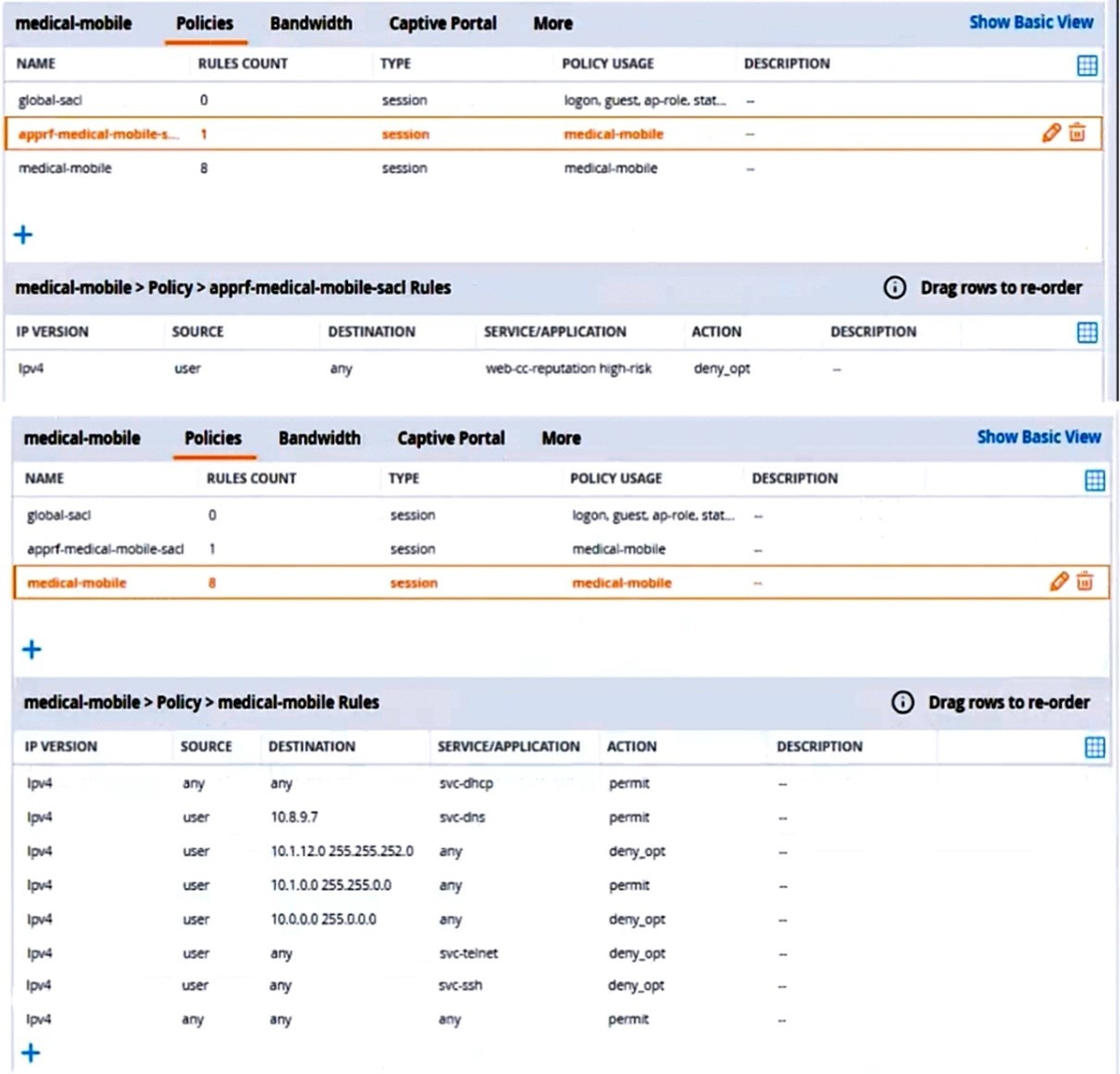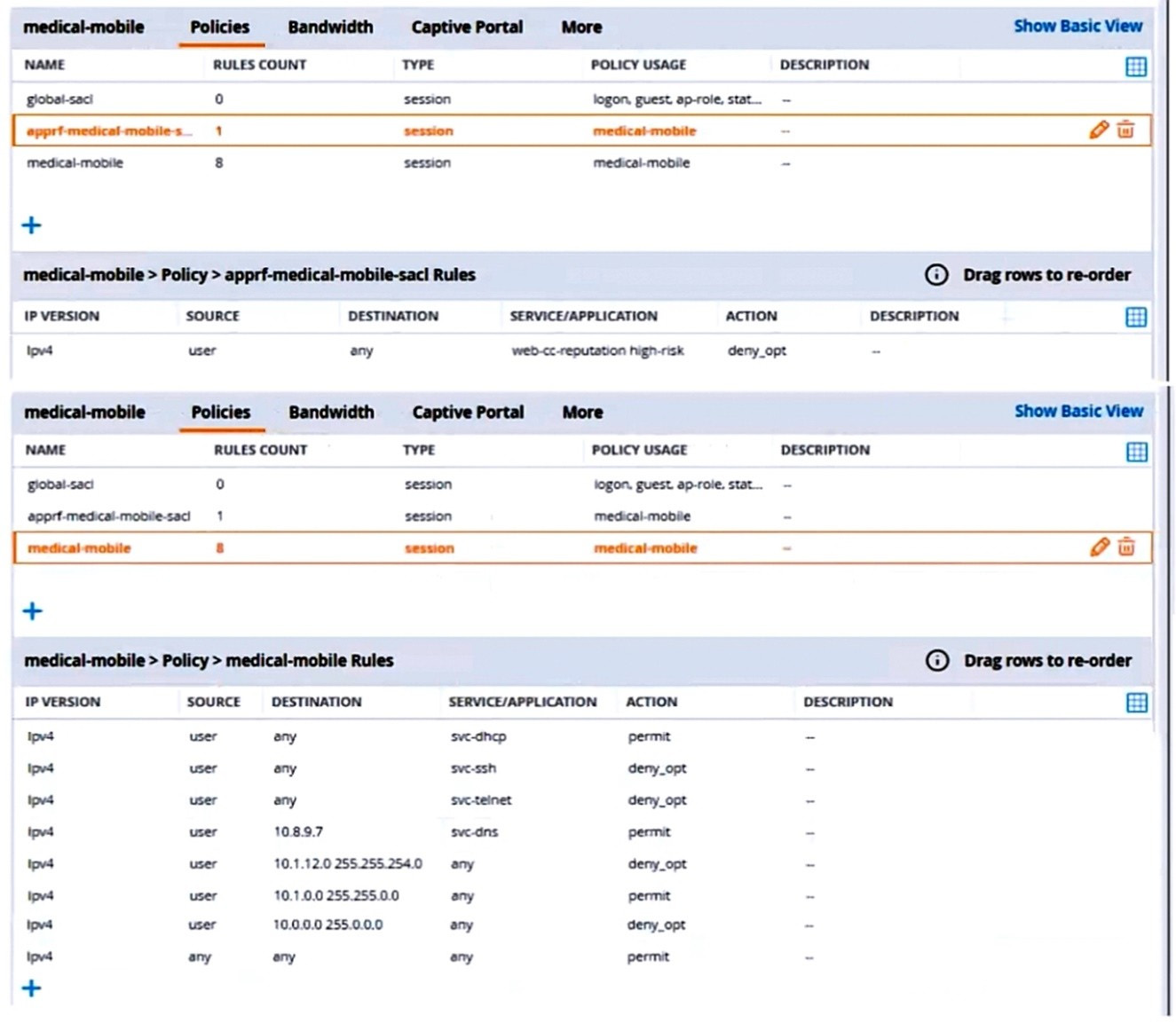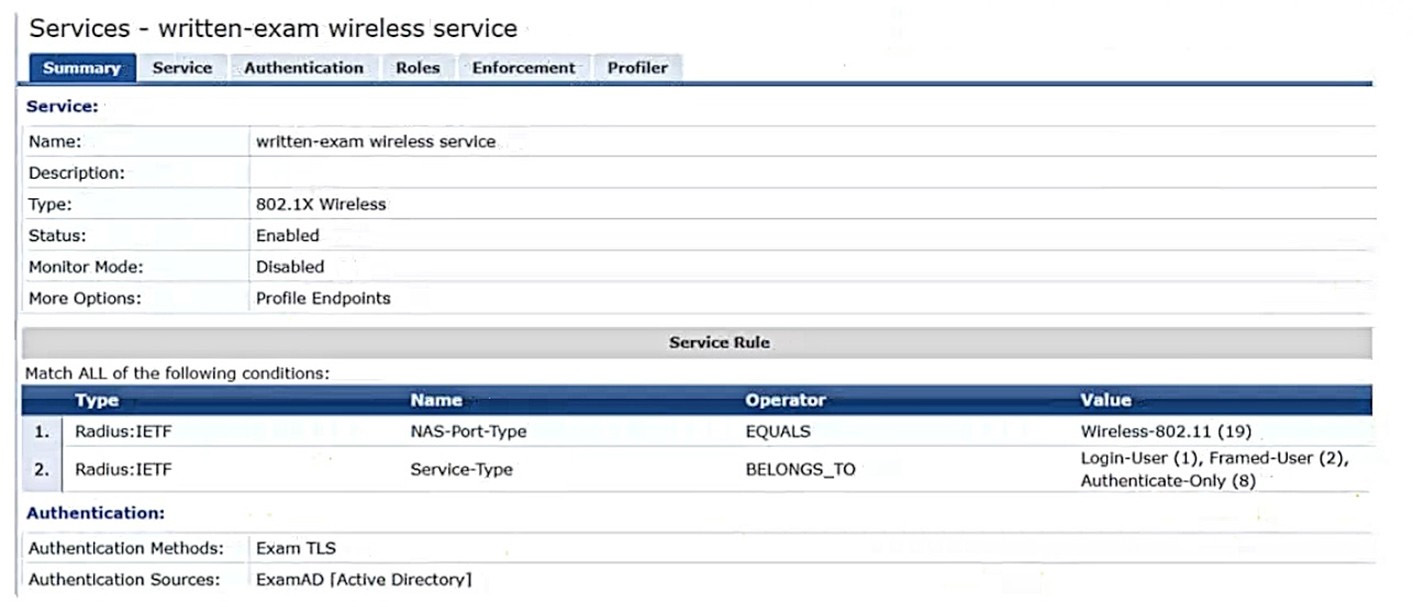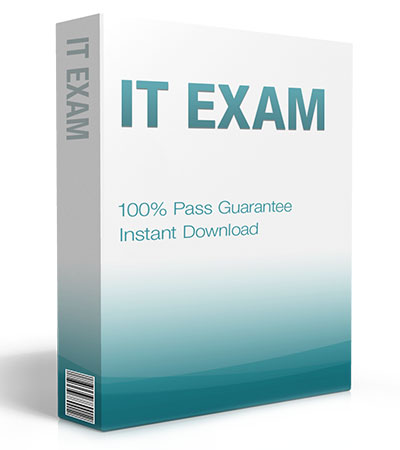Aruba Certified Network Security Expert Written: HPE6-A84
Want to pass your Aruba Certified Network Security Expert Written HPE6-A84 exam in the very first attempt? Try Pass2lead! It is equally effective for both starters and IT professionals.
- Vendor: HP
- Exam Code: HPE6-A84
- Exam Name: Aruba Certified Network Security Expert Written
- Certifications: HP Certifications
- Total Questions: 60 Q&As( View Details)
- Updated on: Feb 15, 2025
- Note: Product instant download. Please sign in and click My account to download your product.

- Q&As Identical to the VCE Product
- Windows, Mac, Linux, Mobile Phone
- Printable PDF without Watermark
- Instant Download Access
- Download Free PDF Demo
- Includes 365 Days of Free Updates

VCE
- Q&As Identical to the PDF Product
- Windows Only
- Simulates a Real Exam Environment
- Review Test History and Performance
- Instant Download Access
- Includes 365 Days of Free Updates
Passing Certification Exams Made Easy
Everything you need prepare and quickly pass the tough certification exams the first time
- 99.5% pass rate
- 7 Years experience
- 7000+ IT Exam Q&As
- 70000+ satisfied customers
- 365 days Free Update
- 3 days of preparation before your test
- 100% Safe shopping experience
- 24/7 Support
HP HPE6-A84 Last Month Results
Free HPE6-A84 Exam Questions in PDF Format
Related HP Certifications Exams
HPE6-A84 Online Practice Questions and Answers
Questions 1
Refer to the scenario.
A customer requires these rights for clients in the "medical-mobile" AOS firewall role on Aruba Mobility Controllers (MCs):
1.
Permitted to receive IP addresses with DHCP
2.
Permitted access to DNS services from 10.8.9.7 and no other server
3.
Permitted access to all subnets in the 10.1.0.0/16 range except denied access to 10.1.12.0/22
4.
Denied access to other 10.0.0.0/8 subnets
5.
Permitted access to the Internet
6.
Denied access to the WLAN for a period of time if they send any SSH traffic
7.
Denied access to the WLAN for a period of time if they send any Telnet traffic
8.
Denied access to all high-risk websites
External devices should not be permitted to initiate sessions with "medical-mobile" clients, only send return traffic.
The exhibits below show the configuration for the role.

There are multiple issues with the configuration.
What is one of the changes that you must make to the policies to meet the scenario requirements? (In the options, rules in a policy are referenced from top to bottom. For example, "medical-mobile" rule 1 is "ipv4 any any svc-dhcp permit," and rule 8 is "ipv4 any any any permit'.)
A. In the "medical-mobile" policy, change the source in rule 1 to "user."
B. In the "medical-mobile" policy, change the subnet mask in rule 3 to 255.255.248.0.
C. In the "medical-mobile" policy, move rules 6 and 7 to the top of the list.
D. Move the rule in the "apprf-medical-mobile-sacl" policy between rules 7 and 8 in the "medical-mobile" policy.
Questions 2
Refer to the scenario.
A customer requires these rights for clients in the "medical-mobile" AOS firewall role on Aruba Mobility Controllers (MCs):
1.
Permitted to receive IP addresses with DHCP
2.
Permitted access to DNS services from 10.8.9.7 and no other server
3.
Permitted access to all subnets in the 10.1.0.0/16 range except denied access to 10.1.12.0/22
4.
Denied access to other 10.0.0.0/8 subnets
5.
Permitted access to the Internet
6.
Denied access to the WLAN for a period of time if they send any SSH traffic
7.
Denied access to the WLAN for a period of time if they send any Telnet traffic
8.
Denied access to all high-risk websites
External devices should not be permitted to initiate sessions with "medical-mobile" clients, only send return traffic.
The line below shows the effective configuration for the role.

There are multiple issues with this configuration. What is one change you must make to meet the scenario requirements? (In the options, rules in a policy are referenced from top to bottom. For example, "medical-mobile" rule 1 is "ipv4 any any svc-dhcp permit," and rule 6 is "ipv4 any any any permit'.)
A. Apply the "apprf-medical-mobile-sjcT policy explicitly to the 'medical-mobile' user-role under the 'medical-mobile" policy.
B. In the "medical-mobile" policy, change the action for rules 2 and 3 to reject.
C. In the "medical-mobile" policy, move rule 5 under rule 6.
D. In the "medical-mobile* policy, change the subnet mask in rule 5 to 255.255.252.0.
Questions 3
Refer to the scenario.
A customer is using an AOS 10 architecture with Aruba APs and Aruba gateways (two per site). Admins have implemented auto-site clustering for gateways with the default gateway mode disabled. WLANs use tunneled mode to the gateways.
The WLAN security is WPA3-Enterprise with authentication to an Aruba ClearPass Policy Manager (CPPM) cluster VIP. RADIUS communications use RADIUS, not RadSec.
CPPM is using the service shown in the exhibits.

Which step can you take to improve operations during a possible gateway failover event?
A. Chanqe the WLANs to mixed-mode forwardinq so that vou can select multiple qatewav clusters.
B. Set up qatewav clusters manually and set VRRP IP addresses for dynamic authorization.
C. Use auto-group clustering instead of auto-site clustering for the gateways.
D. Enable default gateway mode for the gateway clusters.
Reviews
-
No new question when I seat for this exam because i have met all the new questions on this dumps.
-
All this dumps are very good, i just did this one and took part in my exam. i really don't believe myself that i have got so high score. Thanks for their dumps.
-
Very useful study material, thanks the help of this dumps .
-
took the exam yday.passed with almost full mark.Dump is very valid.
-
I passed the exam today with 9xx. Dump is valid.
-
I pass today . In my opinion,this dumps is enough to pass exam. Good luck to you.
-
Pass 1000/1000, this dumps is still valid. thanks all.
-
One of my friends told me that your dumps are good and I purchased it. Great. I passed my exam with it. Nice work, guys.
-
I passed my exam this morning. I prepared with this dumps two weeks ago. This dumps is very valid. All the questions were in my exam. I still got 2 new questions but luckily they are easy for me. Thanks for your help. I will recommend you to everyone I know.
-
This Dump is 100% valid, Pass today. Dump valid.


 Printable PDF
Printable PDF